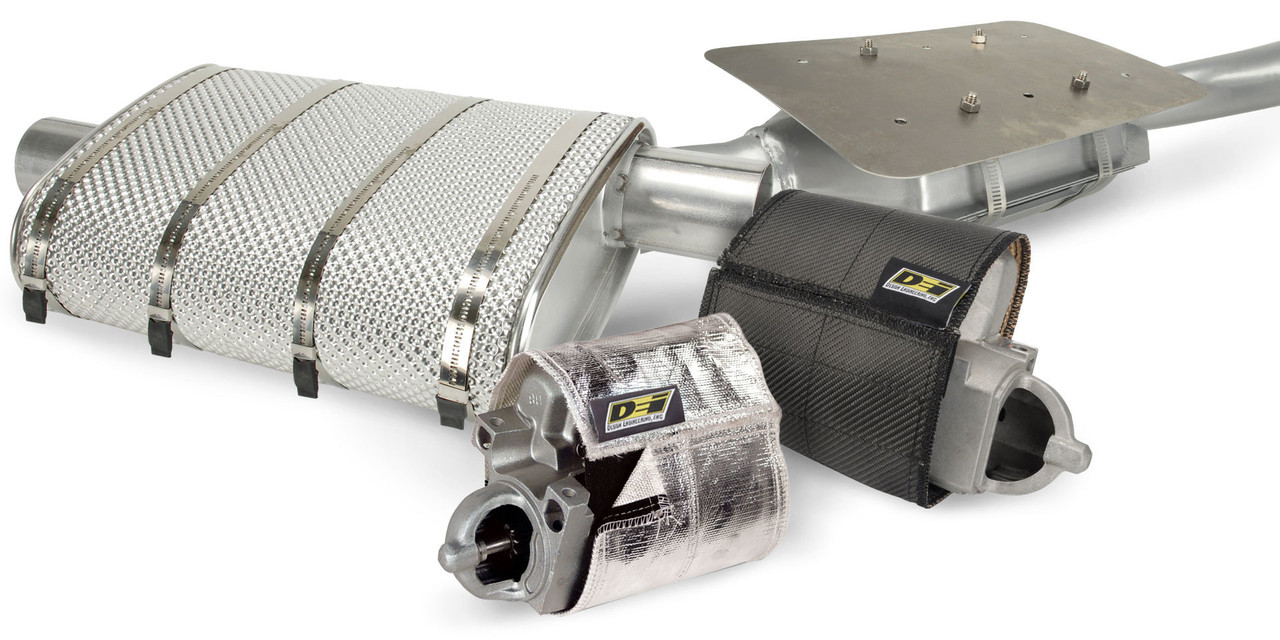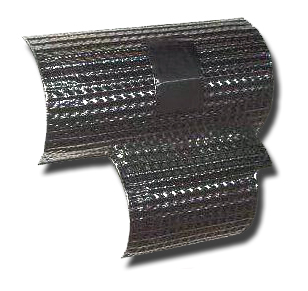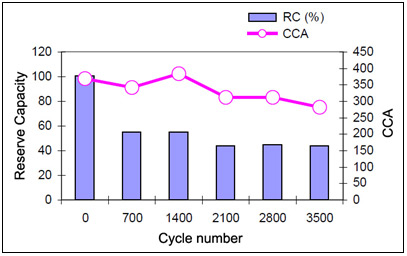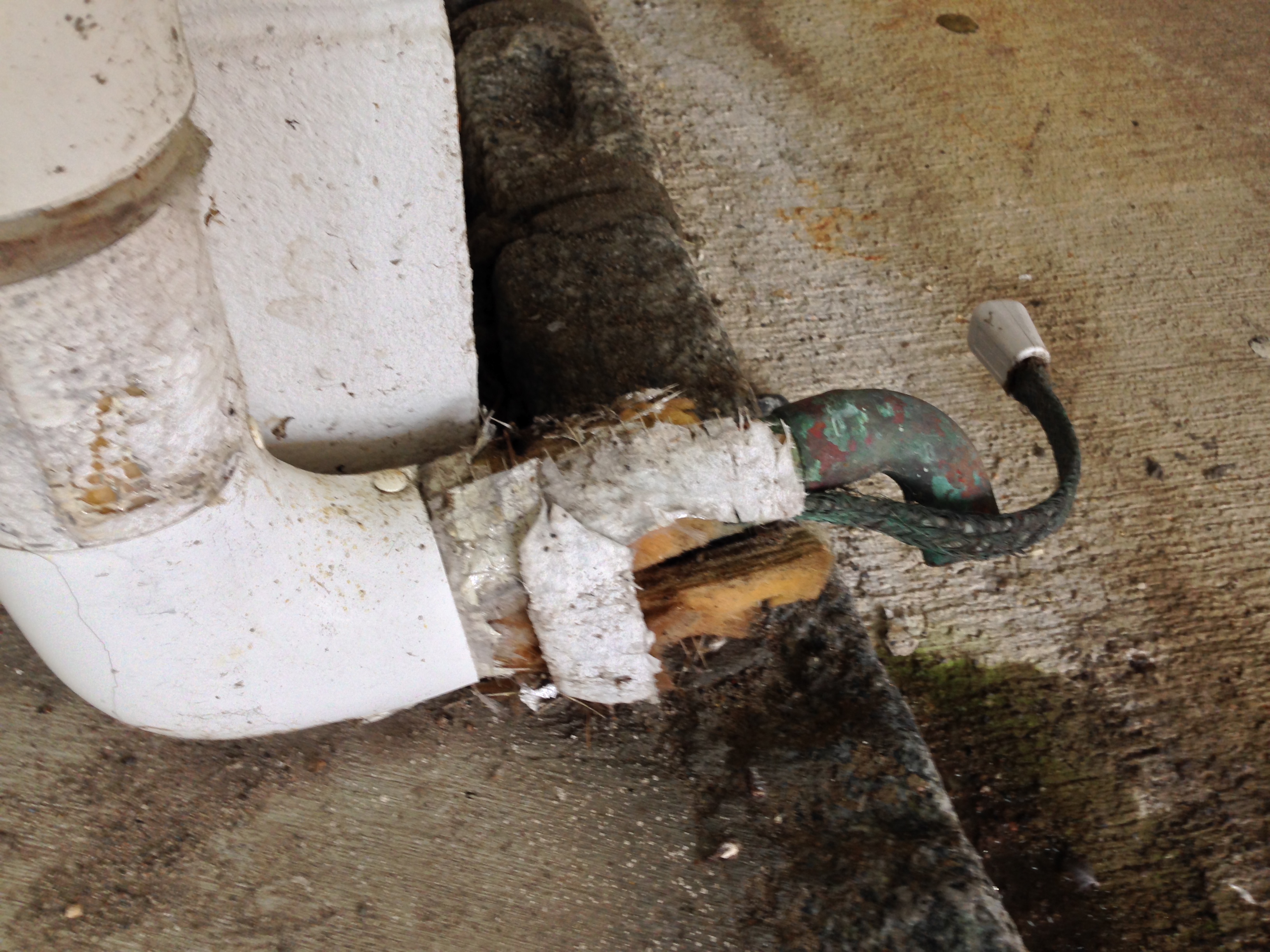The next best is air. The best insulator from heat is a vacuum.

Component Specific Design Engineering Inc
How to protect starter from heat. This will reflect the heat away from starter. This includes wearing light colored clothing and safety glasses with uv protection. Aluminized layer reflects over 90 of radiant heat up to 2000f allowing the starter to last longer. Unfortunately they are often discarded when the starter is replaced. My 327 powered 29 model a a 305granny 4 speed transplant in an 81 cj8 jeep scrambler basket case and my 350700r4 85 s10. Simple easy to install heat shield wrap with an extremely effective radiant heat reflective surface.
Very thick aluminized insulation helps to eliminate intermittent starter failure due to radiant heat. It will keep your starter cool but usually shortens the life of the headers dramatically. Also dont forget to wear sunscreen. Dress appropriately to protect yourself from the heat. For cooling fins relying on free convection no fan forced cooling a spacing of 14 inch or more is needed. So id try for at least 14 inch spacing between the starter and heat shield.
The other side of that might be to keep double layer shields closer than 14 inch to use the air between as insulation by keeping it still. Dont use wrap on your headers. Heat soak can usually be solved by installing a heat shield on the starter. Keep yourself hydrated throughout the day by drinking plenty of water or sports drinks that contain electrolytes. I have used a starter that is oe to a 1996 chevy 1500 57350 on three builds to eliminate the old chevy heat soak problem. In fact many vehicles are originally equipped from the factory with a heat shield.
A shield allows for some air flow around the starter but keeps most of the heat from the headers off the starter. Bolt it either to the engine. The old ford relay add is great until the same old starter acts bad again. Try to fashion something from sheet metal with a bracket that can be used to hold the shield in place.

















